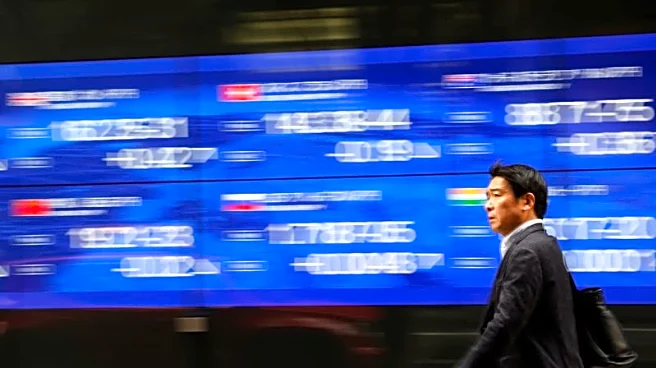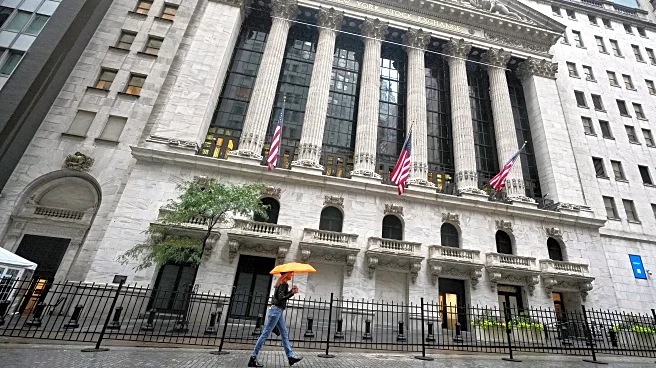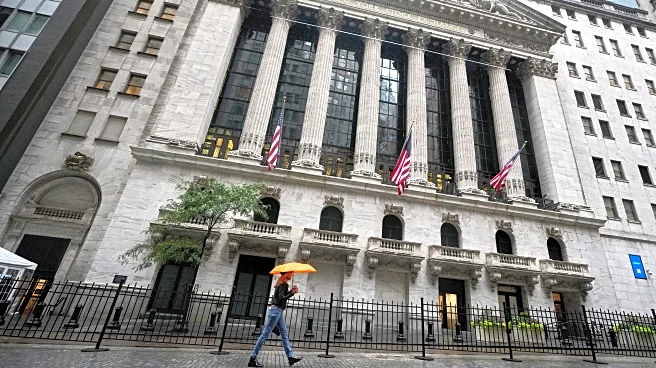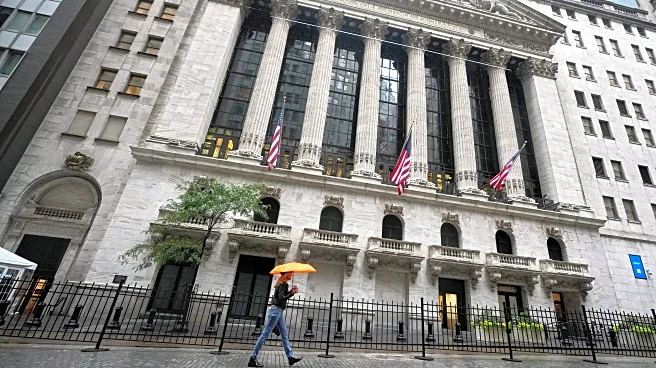What's Happening?
Sany Heavy Industry is seeking to raise up to $1.59 billion through a Hong Kong listing, as detailed in a recent filing. The company plans to sell 580.4 million shares priced between HK$20.30 and HK$21.30
each. This move comes as Sany Heavy Industry aims to capitalize on renewed investor interest in Chinese listings in Hong Kong. The final share price is expected to be set soon, with trading commencing on October 28. The company intends to allocate 45% of the funds to expand its global sales and service network, particularly in Europe and Asia, while 25% will go towards research and development. The listing highlights Hong Kong's growing role as a key fundraising hub for Chinese companies, especially as U.S. scrutiny intensifies.
Why It's Important?
The decision by Sany Heavy Industry to list in Hong Kong underscores a significant shift in the global financial landscape, where Chinese companies are increasingly turning to Hong Kong for capital raising. This trend is partly driven by heightened regulatory scrutiny in the U.S., prompting firms to seek alternative markets. The successful listing of Sany Heavy Industry could further solidify Hong Kong's status as a premier offshore fundraising center, potentially attracting more Chinese companies to follow suit. This shift could impact U.S. financial markets by reducing the number of Chinese firms seeking U.S. listings, thereby affecting the diversity and volume of offerings available to American investors.
What's Next?
The outcome of Sany Heavy Industry's IPO will be closely watched by other Chinese companies considering similar moves. If successful, it may encourage more firms to pivot away from U.S. exchanges, potentially leading to a broader realignment of global capital flows. Additionally, the funds raised will enable Sany Heavy Industry to enhance its international presence, which could increase competition in the global machinery market. Stakeholders, including investors and regulatory bodies, will likely monitor the situation to assess the long-term implications for international financial markets.













